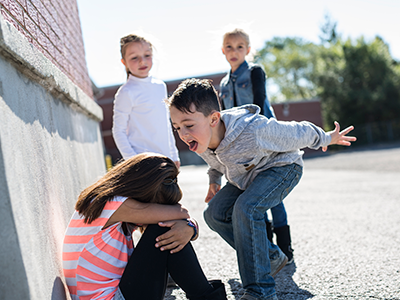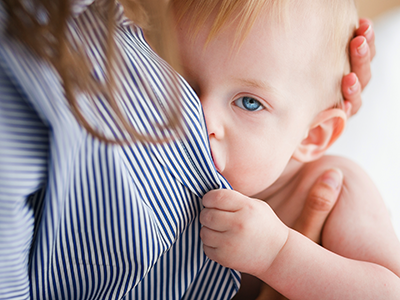Unlocking access to mental health support for families battling food allergies: A global view

In a recent study published in the journal Allergy, Linda Herbert, Ph.D., found that most children with food allergies experienced food allergy-related psychological distress.
Pediatric food allergy is a global public health concern that affects 8 percent of children in the United States, with higher rates observed in younger children. While new treatments are being developed, psychological support for food allergy-related concerns is not frequently available. This often impacts patients’ and caregivers’ quality of life and overall psychosocial functioning.
The big picture
In a recent study published in the journal Allergy, Linda Herbert, Ph.D., director of Psychology Research and Clinical Services for the Division of Allergy and Immunology at Children’s National Hospital, found that most children with food allergies experienced food allergy-related psychological distress. “This is the first study to survey families affected by food allergy across multiple countries, in multiple languages,” said Dr. Herbert. “Doing so has given us a global understanding of the impact of food allergies on patients and caregivers and allowed us to compare food allergy experiences across countries.”
Dr. Herbert and a team of researchers assessed psychological distress related to food allergy and use of psychological services among adults with food allergy and caregivers of children with food allergy in over 20 countries, utilizing surveys in multiple languages. The team found that about 66 percent of adults with food allergy, 75 percent of caregivers, and 50 percent of children with food allergy experienced food allergy-related psychological distress, with the most common concern being anxiety about having an allergic reaction.
The patient benefit
“We hear from many families that want help coping with food allergy-related distress, and either do not know where to find mental health professionals with this expertise or experience a long wait when they do find one,” said Dr. Herbert. “They also experience difficulties financing mental health care or cannot utilize services due to time constraints. We are excited that this research will permit our team to create an online food allergy-related psychological support program that is accessible and applicable to many families around the world.”
Read the full study here.













